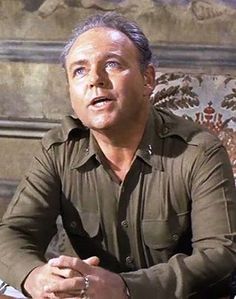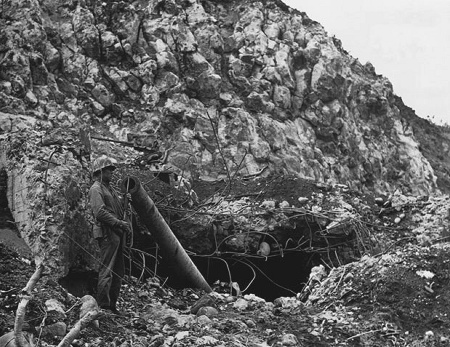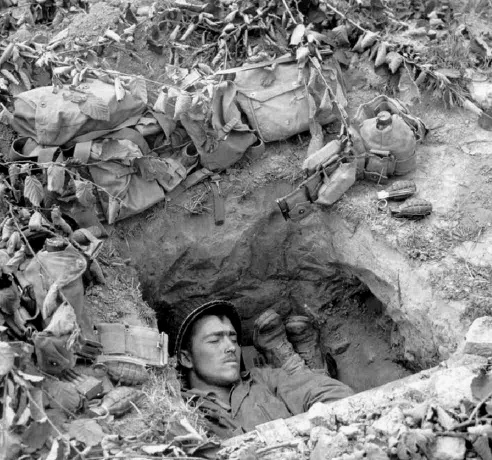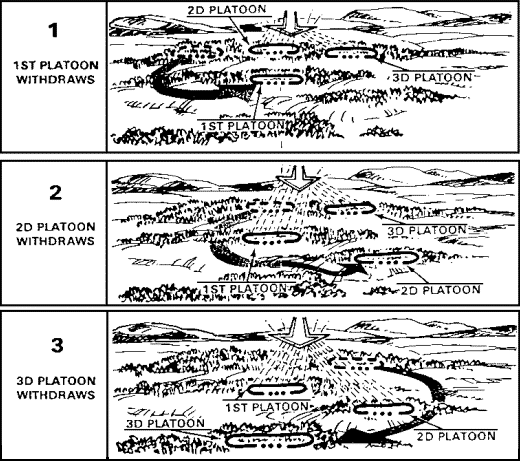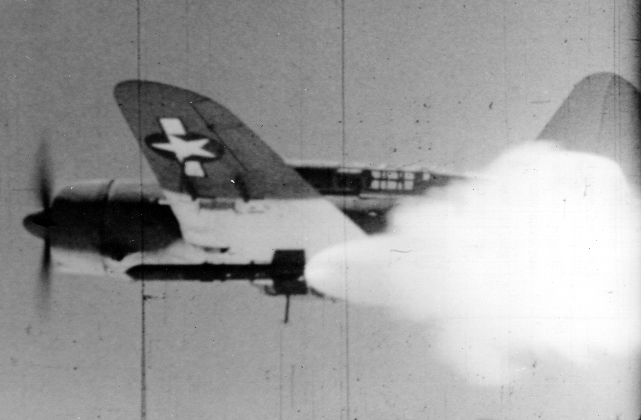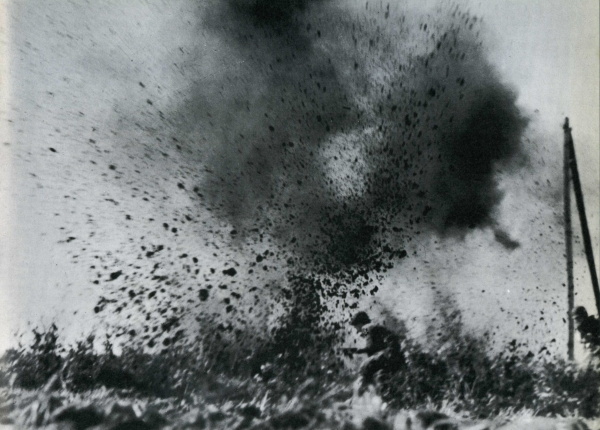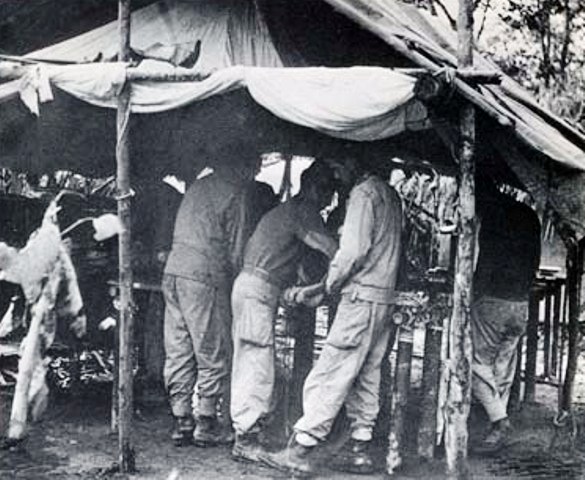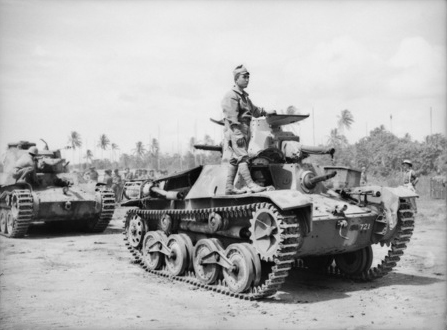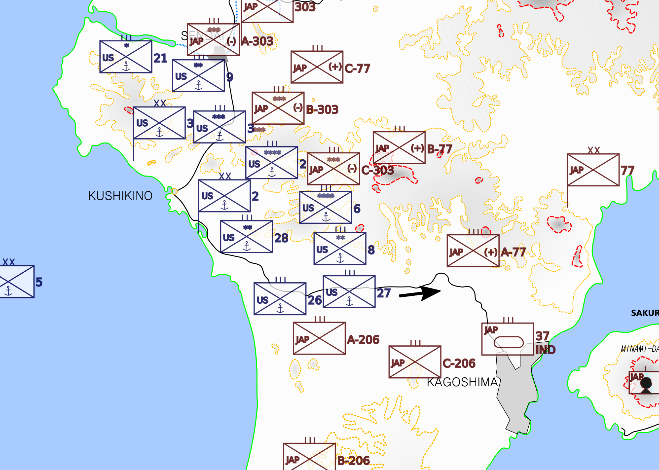[Tuttle rarely accepted an invitation from a high officer to follow a particular unit – the 1st Cavalry Division.]
General Colt caught himself about to slam down the handset, set it down easily instead, and stood up. His broad 6’2” frame made the modest Japanese bureaucrat’s desk look like a scale model. He reached out his hand and with half a smile welcomed me. His thick black hair did not betray his fifty-something years.
“What you just heard was probably the last ‘discussion’ about what this division does next. Though I’d hardly call it a discussion. The decision was made in Guam weeks ago, I’m sure.” He sat down again and lit another cigarette. “The Air Corps, they want a big air base in Kanoya, sure. They want to be certain the base is secure, I get that. But to make sure, they want us to make it happen, by clearing out every nook and cranny of all the mountains south of here.”
I recalled how other air fields, like at Iwo, had been overrun long after combat troops had ‘cleared’ the area. I asked what was so hard about it, as I pulled out my pad and started taking notes. “When we landed, someone had to push up into these mountains,” the general pointed behind him with a fist and thumb, “so the Japs couldn’t put spotted fire on to the beach. That job fell to us. Then they put random fire on the beach and we had to drive in even further. Then we got hit from behind (because nobody at Corps knows what they’re doing!) and we had to turn around and clear the beach – again.”
He leaned forward more, pointing a finger at nothing for emphasis, “Now they’ve taken away a regiment, told us to reorganize on the fly, and stuck us with a big dirty job. They’ve always been out to get us! They always said the First was oversize, and top heavy [with senior officers], but this division has had the flexibility to split off units of any size, send them out for every other dirty job, and always got it done.” His pointing finger thumped the desk for emphasis of every phrase. I was starting to understand why I was invited to this interview, instead of the other way around.
General Colt sat back in his chair, hands folded across his sternum. He paused to draw an easy breath. “We’ve already broken the back of the resistance here and soaked up troops and artillery rounds that they can’t possibly replace. If Jap stragglers ever did manage to hit the airfield, they’d only do it once. They’d be mowed down in the open, damaging a few planes at most.” He sat up again and continued gesturing, pointing loosely back toward Kanoya. “We offered to set up a mobile ready response unit, regiment size, who would patrol to defend the base. But no, they insisted on a whole division to lock it up airtight, or we go in and clear it out. Corps sure as hell is not going to leave a division sitting here, so we’re going in to take the next however goddamned many mountains.”
He leaned forward and thumped the loose stack of maps in front of him. “It took us two weeks and several thousand casualties to get five miles in. Now there are twenty miles to go.” General Colt got up and paced across the small room as he finished his cigarette. “They offered us the 112th and 158th RCTs [off Tanega-shima], to land inside Kagoshima Bay. We can’t support them there, but the Navy is supposed to come in and blast the place.”
He crushed out the cigarette then apologized for not offering me one. I accepted and lit it as he asked, “So where are you going? What would you like to see next?” I said I’d like to see a warm fireplace and a cold glass of bourbon some time soon. With a hearty chuckle he moved to the far back corner of the room to light a small gasoline heater.

